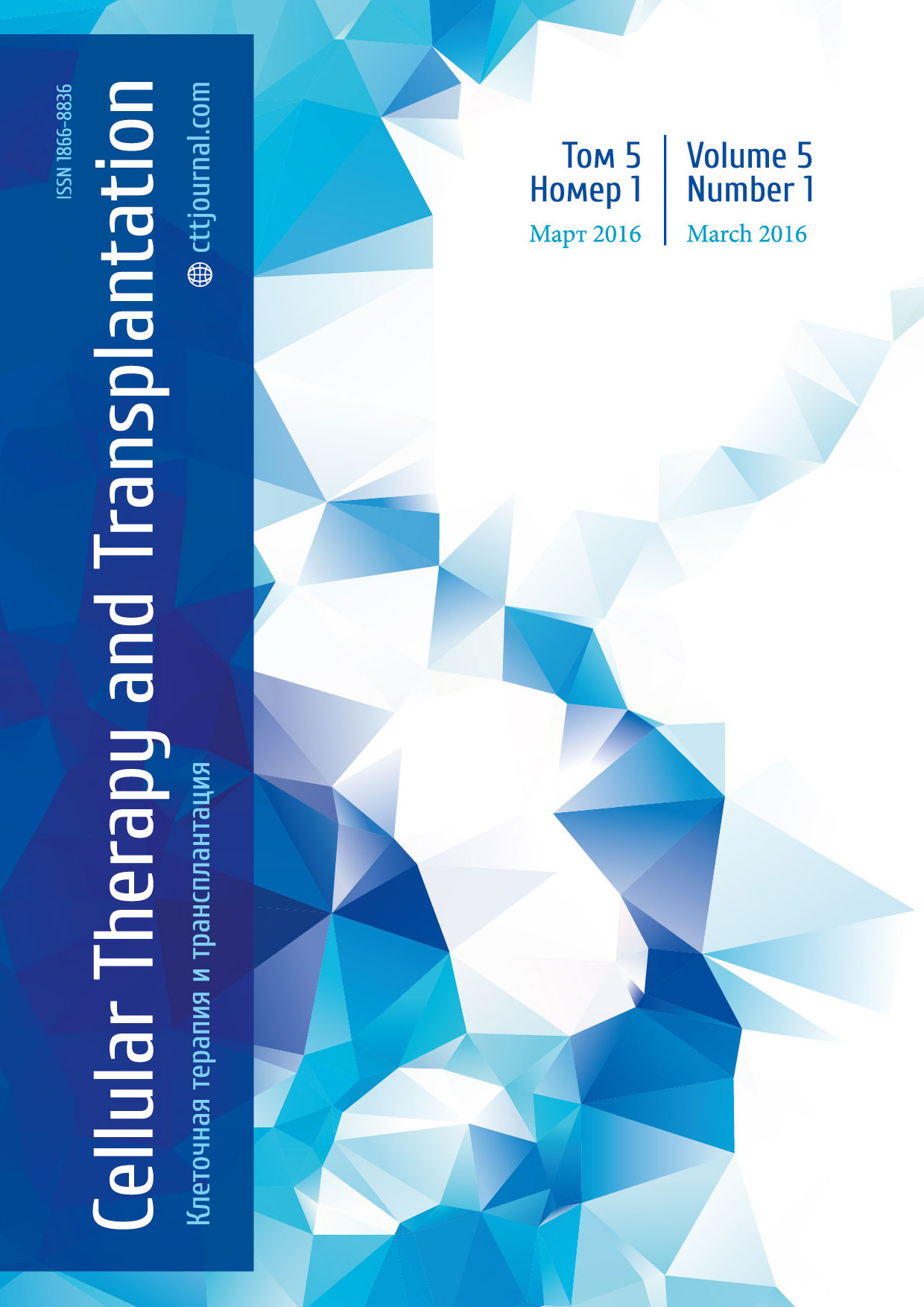Results of high-dose chemotherapy with autologous hematopoietic stem cell transplantation in treatment of pediatric brain tumors
Asmik G. Gevorgian1, Elena V. Morozova1, Ilya V.Kazantsev1, Tatiana V. Iukhta1, Svetlana A. Safonova1, Yury A. Punanov1, Ludmila S. Zubarovskaya1, Olga G. Zheludkova2, Boris V. Afanasyev1
1 Gorbacheva Memorial Institute of Children Oncology, Hematology and Transplantation, St. Petersburg Pavlov First Saint Petersburg State Medical University, Saint Petersburg, Russia 2 Scientific Center of Roentgenoradiology, Moscow, Russia
Summary
Aim
Central nervous system (CNS) tumors are the second most common pediatric malignancies, with a ca. 30% rates of 5-year overall survival in the high-risk group. The aim of this study was to assess effectiveness of high-dose chemotherapy (HDCT) with autologous hematopoietic stem-cell transplantation (auto-HSCT) in this patient group.
Methods
From 2008 to 2015, 54 pediatric patients with high-risk or relapsed medulloblastoma (N=32), supratentorial PNET (N=8), germinoma (N=6), pineoblastoma (N=3), atypical teratoid rhabdoid tumor (N=3), choriocarcinoma (N==), ETANTR (N=1) received single or tandem HDCT with auto-HSCT after induction chemotherapy, radiotherapy and surgical treatment. At the moment of HDCT 25 patients were in complete remission (CR), 24 patients were in partial remission (PR) and 5 patients had stable disease (SD). The conditioning regimen for single auto-HDCT (N=47) consisted of Cisplatin, Etoposide, and Ifosfamide, or Carboplatin, Etoposide and Thiotepa +/- intraventricular etoposide, or Thiotepa and Temozolomide. In tandem HDCT (N=7), the first conditioning regimen included carboplatin and etoposide with intraventricular/intrathecal Methotrexate, the second was Thiotepa and Cyclophosphamide with intraventricular/intrathecal Methotrexate.
Results
The median follow-up was 48 months (range, 5–173). The median time to engraftment was day +17 (range, 8–86) after auto-HSCT. Four of 5 patients with SD by the moment of auto-HSCT had disease progression within 8 months after HDCT. Twenty-two of 49 patients with CR or PR relapsed 1 to 24 months after HDCT, the other 27 patients are currently in CR or PR on the maintenance therapy. Cumulative incidence of relapse in 4 years accounted 45% (95% CI 21%-60%). The conditioning regimens had acceptable toxicity. Grade 4 complications (according to COMMON TOXICITY CRITERIA 2014) were observed in 14% of the cases. Four-year overall survival (OS) in the total patient’s group was 67% and disease free survival (DFS), 55%. MB and germ cell tumors were associated with better survival rate (OS 74% and 66%, respectively) in compared to other embrional tumors (DFS 54%, p=0,18).
Conclusions
HDCT with auto-HSCT in pediatric patients with high-risk CNS tumors may be a feasible option for patients in CR or PR after induction chemotherapy. It is ineffective as a salvage therapy in refractory patients. Keywords: medulloblastoma, PNET, germinoma, pineoblastoma, high-dose chemotherapy with autologous hematopoietic stem-cell transplantation.
Keywords
Medulloblastoma, pnet, germinoma, pineoblastoma, high dose chemotherapy, autologous hematopoietic stem cell transplantation


